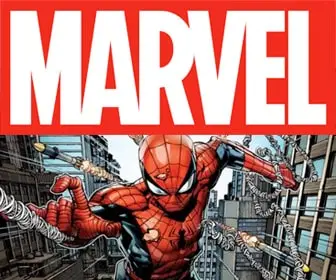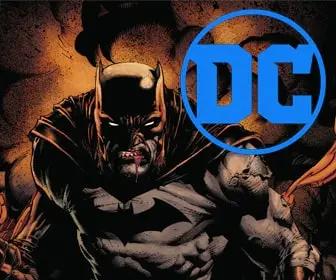
Maus: A Son’s Portrait of Survival
Facing the Past: A Look at Maus
Have you ever read a comic book about the Holocaust? Art Spiegelman’s groundbreaking graphic novel, Maus, tells this dark chapter in history in a unique way. Instead of people, Spiegelman portrays Jews as mice and Nazis as cats. This might sound strange, but it actually helps tell a powerful story about survival and the difficult bond between a father and son.
Maus follows two timelines. One story shows Vladek Spiegelman, Art’s father, recounting his experiences during the Holocaust. We see how he narrowly escaped persecution, endured the horrors of ghettos and concentration camps, and fought with all his might to stay alive. The other story takes place in the present, where Art struggles to capture his father’s harrowing experiences in a comic book. Buckle up, because Maus is a challenging but important story that confronts a dark part of history.
Two Stories Woven Together
Maus is like a braid with two strands woven together. One strand tells the story of Vladek Spiegelman, Art’s father, during the Holocaust. We hear Vladek recount how his life changed completely when the Nazis came to power. Spiegelman uses mice to represent Jews, including Vladek himself. This might seem odd, but it helps show how the Nazis saw Jews as inferior.
The other strand of the story takes place in Art’s present-day life. We see him interviewing his dad and trying to turn those interviews into a comic book. Art pictures the Nazis as cats. This creates a clear distinction between the two groups and adds another layer of meaning to the story. Following both storylines at the same time helps us understand how the Holocaust continues to affect Vladek and Art’s relationship, even decades later.
Vladek’s Story: Facing Horrors
Before the war, Vladek lived a normal life in Poland. He had a job, a wife, and even a son. But everything changed when the Nazis invaded. Vladek, a Jewish man, became a target. The Nazis forced Jews to wear stars so they could be easily identified. They took away their freedom and locked them in crowded areas called ghettos.
Life in the ghetto was terrible. Food was scarce, and people lived in constant fear. But Vladek never gave up. He used his skills and smarts to try and survive. He traded goods on the black market to get food for his family. He even escaped capture a few times!
Maus doesn’t shy away from showing the horrors Vladek faced. We see him endure brutal treatment, witness death, and struggle to hold onto hope. But Vladek’s story is also one of incredible resilience. He never stopped fighting for his life and the lives of his loved ones.
The Scars of History
Hearing his dad’s stories takes a toll on Art. The Holocaust was a horrific event, and Vladek’s experiences were terrifying. Art struggles with the weight of his father’s trauma. It’s hard to imagine the things Vladek went through, and Art grapples with how these events continue to affect their relationship.
Maus also explores the tragic story of Art’s mother, Anja. She was a survivor of the Holocaust too, but unlike Vladek, she couldn’t cope with the trauma. Art’s mom sadly took her own life. This event adds another layer of complexity to the story, showing how the Holocaust’s impact can reach across generations.
Maus: A Powerful Voice
Maus isn’t just a comic book; it’s a groundbreaking work of art. It showed that comics could tackle serious subjects like the Holocaust. Many critics consider Maus a masterpiece, and it even won a Pulitzer Prize, one of the most prestigious awards in literature!
Maus’s impact goes beyond awards. It helps people understand the Holocaust in a fresh way. The use of animals makes the story relatable, especially for young audiences. Maus doesn’t shy away from difficult topics, but it allows readers to confront the horrors of the Holocaust in a measured way.
Most importantly, Maus reminds us to never forget the past. By telling Vladek’s story, Art Spiegelman honors his father’s survival and reminds us all of the dangers of hate and prejudice.













